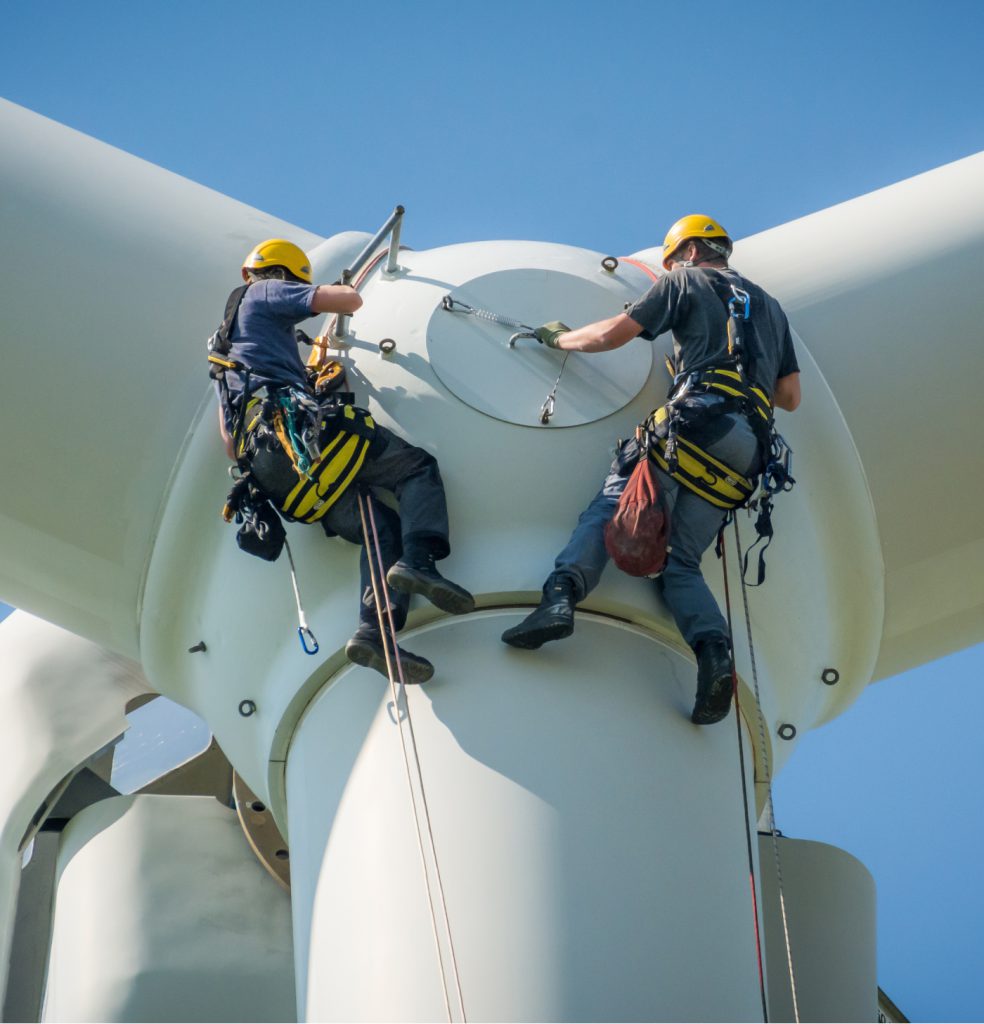
Renewable Rubbish
The news has been littered (pardon the pun) with news about the first decommissioned wind turbine blades in Scotland being put into indefinite storage until a viable zero waste solution can be found. These follow similar exposés on solar panels piling up in landfill, attracting considerable concern around the ability for renewable energy to holistically achieve a Net Zero future. While a lack of current recycling solutions is certainly a hurdle for the renewable energy sector, this should not detract from the global need to shift away from fossil fuels, an industry who’s damage is significantly further reaching.
However, the reduction in efficiency and performance of renewable technology after a few decades of use is a looming waste crisis that cannot be ignored. With a business as usual approach, the cumulative composite waste from blades will be in the tens of thousands of tons worldwide by 2050, while solar panels could contribute a further 60–78 million tonnes. Luckily, some companies and countries have already started to pioneer a new approach.
Reduce, Re-Use, Repurpose?
While most of wind turbine components can be recycled, blades made from composite materials to resist harsh weather have posed a particular conundrum. Austria, Finland, Germany and the Netherlands are among some of the only countries thus far to have imposed a landfill ban on wind turbines.
France has been very active in supporting the development of fully recyclable blades. The ZEBRA project brings together multiple sectors involved in the wind turbine value chain (new materials development, blade manufacturing, operations, and decommissioning), with the aim of launching 100% recyclable wind turbine blades within the next three years. In March 2022, the first 100% recyclable blade prototype was successfully released.
Some companies are looking away from recycling and looking instead to repurposing. For example, REGENFiber utilise the FRP and glass fibers from wind turbine blades to produce concrete, asphalt, composites and bulk molding applications. Using this method, REGENFiber anticipates recycling over 30,000 tons of shredded blade materials and byproducts from new blade manufacturing per year.


Success in Solar
A recent breakthrough in recovering silicon from solar panels has achieved higher success in repurposing materials to create lithium-ion batteries that can be utilised to fuel electric vehicles.
Previous methods to recover high-purity silicon have been energy-intensive and involved highly toxic chemicals, making them expensive and limiting their widespread adoption among recyclers. Instead, this novel method developed by Nanyang Technological University, Singapore (NTU Singapore) uses phosphoric acid a substance commonly used in the food and beverage industry and has seen a higher recovery rate and purity than extant silicon recovery technologies.
While renewable recycling certainly poses a challenge, it is no more complex or costly than a future reliant on fossil fuels. With COP28 fast approaching, we hope to see Global Governments working together to tackle these issues head-on to secure a better future for us all.